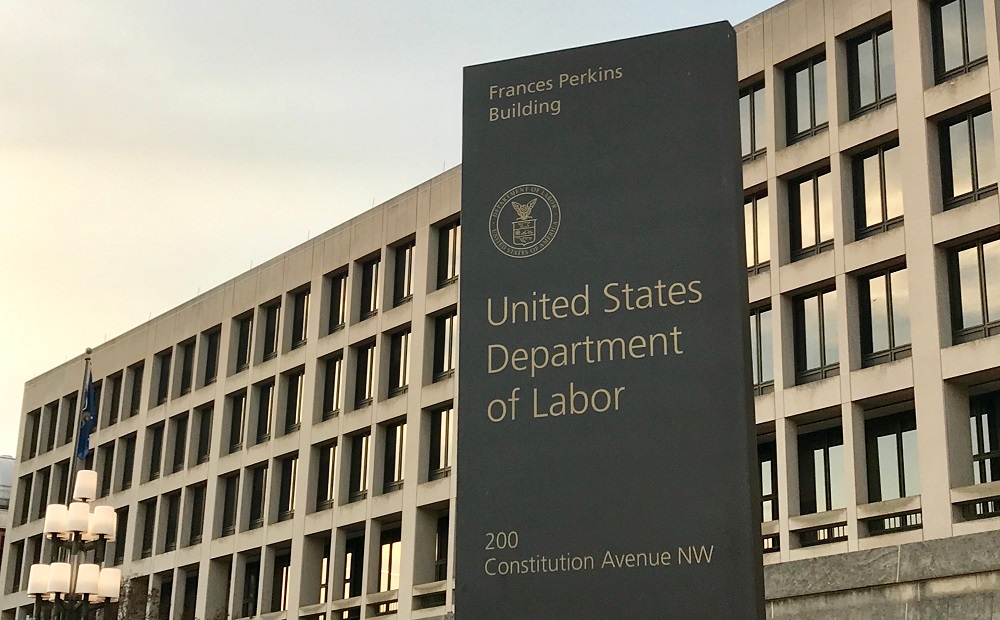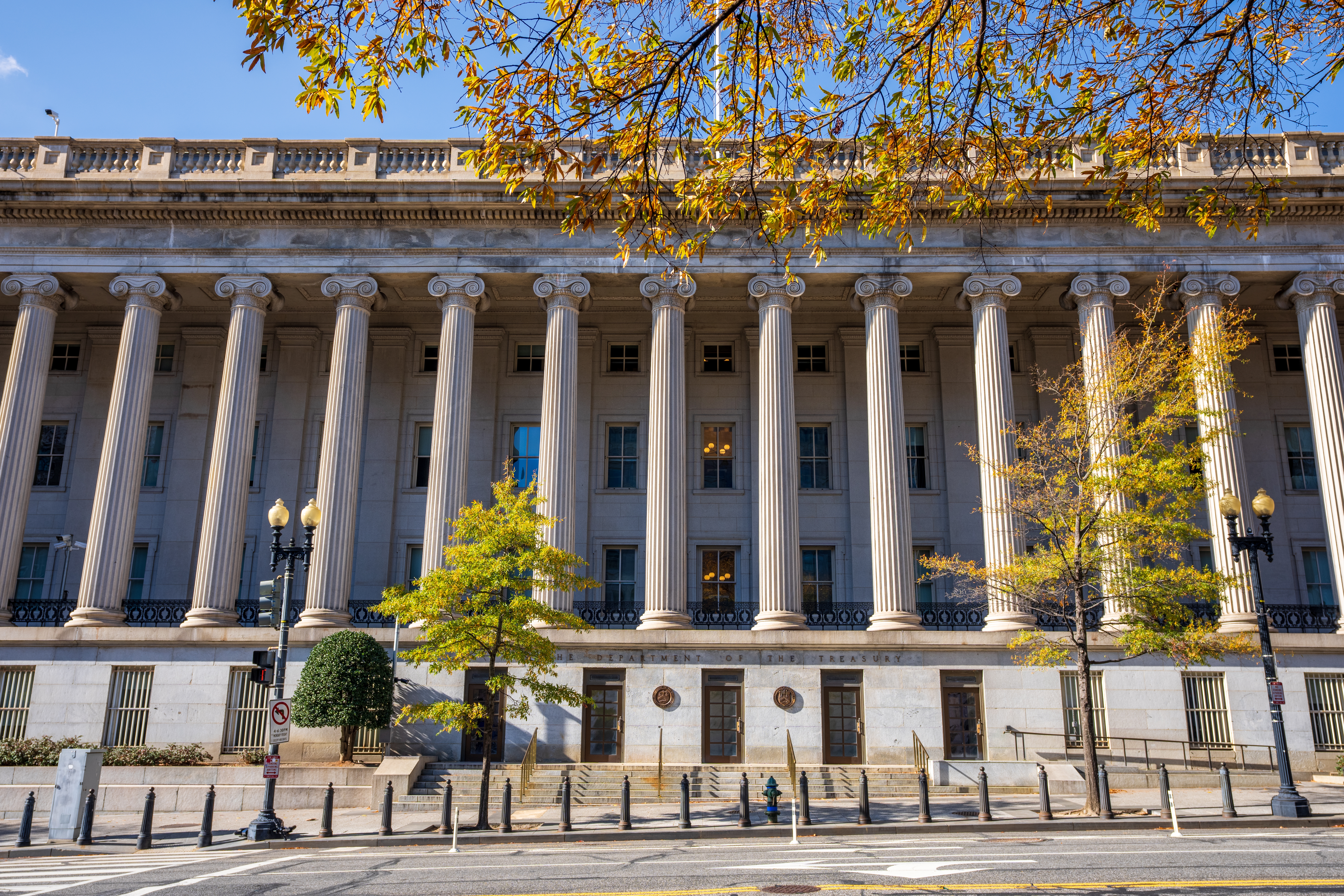On November 24, the Treasury Department and the IRS issued proposed regulations implementing the rules of the provision in the SECURE retirement laws that qualifies long-term (those who have worked two years or more for an employer), part-time (those who work at least 500 hours/year) employees to participate in an employer-sponsored retirement savings plan.
The rule was first put in place in SECURE 1.0, the retirement law Congress enacted late in 2019 when the provision applied to part-timers who had worked for their employer for at least three years. SECURE 2.0, enacted last year, shortened the eligibility period to two years. The long-term part-time employee (LTPTE) rule applies to most 401(k) plans and takes effect on January 1, 2024, for LTPTEs with three years or more of service and on January 1, 2025, for LTPTEs who have two years of service with the employer.
The proposed regulation provides that an LTPTE can vest in the plan for years in which the worker puts in at least 500 hours of service, even if the employer does not match employee contributions until the worker hits 1,000 hours of service in a year. Employers may continue to use job class exemptions so long as they do not act as proxies for impermissible age or service requirements. And the regulations provide that the 12-month period for which hours of service are counted begins on the date of hire but may shift to the plan year.
The proposed regulation states that employers may rely on the proposed rules until such time as other guidance is issued. The proposed regulations include examples of how the rules will work.
The SECURE laws also provide special rules that apply to workers who qualify to participate in a 401(k) plan solely due to their long-term part-time status. And there are special rules dealing with discrimination testing, including top-heavy rules. Also addressed in both the law and the proposed regulations are issues connected to safe harbor plans.
Prospects: The Time between the release of the proposed regulations and the effective date of the SECURE law’s LTPTE rules is short, but the regulations specify that employers may use “good faith” efforts to comply even during the period prior to the regulation’s finalization. Practitioners believe that the LTPTE rules will be narrowly applied—so, many say, a plan design that is more generous than the LTPTE statutory definition will not be subject to the LTPTE rules. That may be a factor in deciding whether a plan needs to be amended to comply with the LTPTE rules.
NAIFA Staff Contact: Jayne Fitzgerald – Director – Government Relations, at jfitzgerald@naifa.org.






.png?width=600&height=90&name=Support%20IFAPAC%20%20(600%20%C3%97%2090%20px).png)
